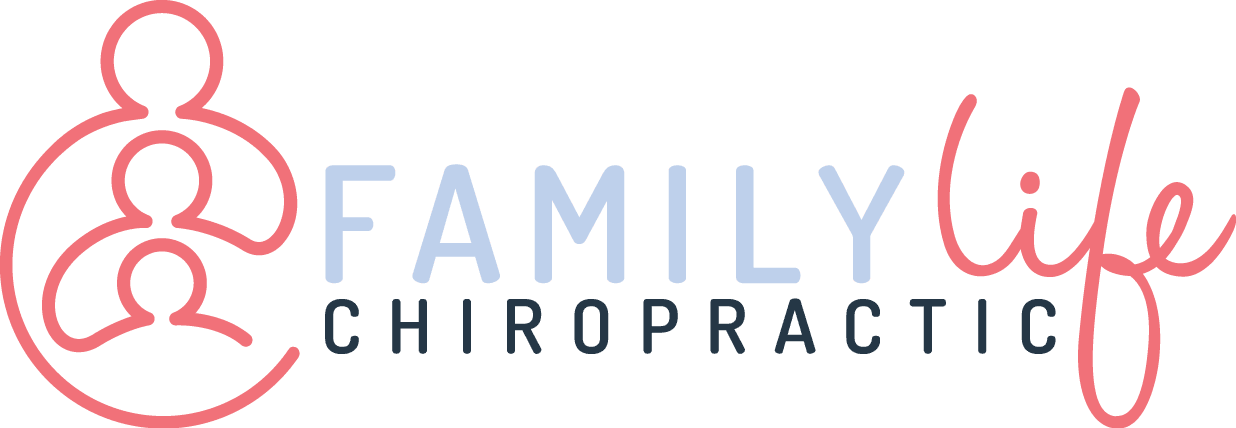Adolescent scoliosis is a condition where a child’s spine develops an abnormal sideways curve, sometimes…

How to Tell If Your Child Has Scoliosis: 5 Signs Every Parent Should Know
How to Tell If Your Child Has Scoliosis: 5 Signs Every Parent Should Know
Scoliosis is a condition that causes an abnormal sideways curvature of the spine, most commonly developing during childhood or adolescence. Early detection is key—when scoliosis is caught early, treatment can be more effective, and long-term complications can often be prevented.
But how can you tell if your child has scoliosis? Some signs can be surprisingly subtle, especially in the early stages. That’s why it’s so important for parents and caregivers to know what to look out for.
In this article, we’ll walk you through five of the most common signs parents should look for, and when it might be time to seek professional advice.
Not all spinal curves are scoliosis, but if you’re concerned about a possible curve in your child’s spine, it’s important to understand the signs and seek assessment early.
1. Uneven Shoulders or Hips
One of the earliest and most noticeable signs of scoliosis is uneven shoulders or hips. You might observe that one shoulder blade appears more prominent than the other, or that one hip sticks out slightly. When your child stands straight, their body may seem slightly tilted to one side.
Tip: Have your child stand facing away from you in a relaxed position. Check for any imbalances in shoulder or hip height, or an uneven waistline, which can be subtle but important indicators of scoliosis.

2. Visible Curvature of the Spine
Sometimes the curvature of the spine is visible, particularly when a child bends forward. This movement helps reveal asymmetries that may not be noticeable when standing straight. Health professionals commonly use a simple screening method called the Adam’s Forward Bend Test to assess for scoliosis.
During this test, if your child bends forward at the waist and one side of their back appears higher than the other—often described as a “rib hump”—this could be a sign of scoliosis. It’s an important indicator that warrants further evaluation by a healthcare provider.
3. Changes in Posture
Children with scoliosis may develop a slouched or leaning posture, even when trying to sit or stand upright. This can look like the body leaning slightly to one side, a shoulder dipping lower than the other, or a noticeable imbalance in how they carry themselves. In some cases, their head may not appear centered over the pelvis, or one side of the ribcage may protrude slightly. These postural changes are often subtle at first, which is why they can easily be dismissed as a phase, poor habits, or simply growing pains. However, if your child consistently struggles to maintain a straight posture—or if their stance or gait looks uneven—it may be worth investigating further.
Good posture is essential not only for spinal alignment but also for proper muscle development, balance, and even breathing. Left unaddressed, postural imbalances caused by scoliosis can contribute to muscle strain, fatigue, and discomfort over time. If you’re unsure what’s normal or when to be concerned, we invite you to learn more about posture and spinal alignment by visiting our dedicated page:
👉 Understanding Posture and Your Child’s Spine
Early assessment can make a big difference—especially if spinal imbalances are beginning to develop.

4. Clothing That Fits Unevenly
Another tell-tale sign to know how to tell if your child has scoliosis can be found in their clothing. Clothes that suddenly hang unevenly—like one pant leg appearing longer or a shirt twisting to one side—may indicate a spinal imbalance.
While it’s easy to attribute this to a growth spurt, consistent asymmetry in how clothes fit is something worth paying attention to. If you notice these patterns over time, it’s a good idea to have your child’s posture and spine checked by a professional.
5. Back Pain or Muscle Tightness
While not always present in children, back pain or muscle stiffness can be associated with scoliosis—particularly if the curvature is more significant. Children might complain of tightness, discomfort during physical activity, or fatigue from standing or sitting for extended periods.
Even mild discomfort shouldn’t be overlooked if it happens frequently or occurs alongside any of the other signs mentioned above. Early attention to these symptoms can help ensure timely assessment and care.

When to Seek Help
f you’re noticing any of these signs and wondering how to tell if your child has scoliosis, it’s important to consult a qualified health professional as soon as possible. Early evaluation is crucial because detecting scoliosis in its initial stages can significantly improve the chances of effective management or treatment. A chiropractor is specially trained to perform a thorough postural assessment, carefully examining your child’s spine, shoulders, hips, and overall alignment. When necessary, they can recommend further diagnostic imaging, such as X-rays, to gain a clearer understanding of the spinal curvature and determine its severity.
Our experienced team is skilled at identifying subtle spinal imbalances early—often before they develop into more serious issues. We focus on supporting the body’s natural healing processes, improving posture, and reducing discomfort. Through compassionate care and ongoing monitoring, we are committed to helping children maintain healthy spinal development and enjoy improved overall wellbeing.
Final Thoughts
Scoliosis can be subtle at first, but parents are often the first to notice when something doesn’t look quite right. By staying informed and knowing how to tell if your child has scoliosis, you’re taking an important step toward protecting your child’s spinal health.
If you’re concerned about your child’s posture or spine development, book an appointment with our friendly team or call us for professional advice. Early intervention makes all the difference.
For more detailed information on scoliosis symptoms and treatment options, you can visit Healthdirect Australia’s scoliosis overview page.




Comments (0)